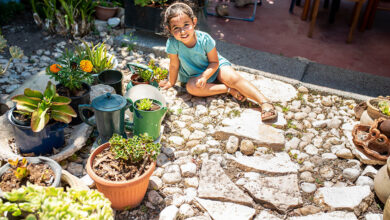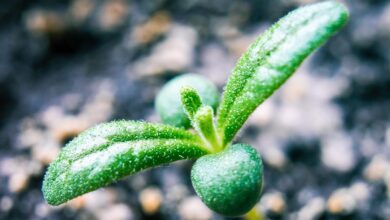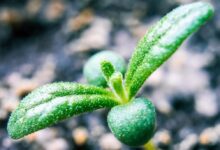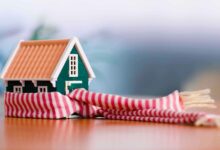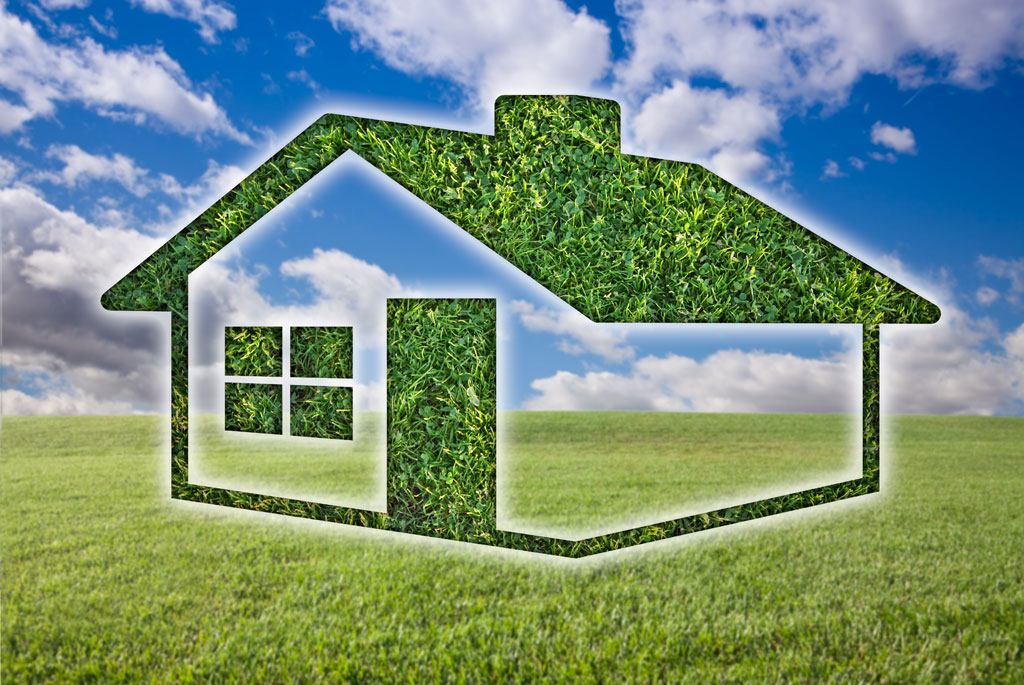
Building For The Future: How To Make Your House More Energy-Efficient
As the energy crisis in South Africa deepens and water shortages loom in many areas, energy efficient upgrades, and water-saving measures will not only reward homeowners with a significant return on investment in the short term but will also add value to their properties in the long term.
This as experts predict that in many areas of the country, “water–shedding” could become as sharp a reality as electricity load shedding within the next year or two as aging infrastructure fails in the face of ever-increasing demand for water.
Current estimates, as cited in the Daily Maverick, are that more than 50% of the country’s fresh water supply is being wasted through burst pipes, malfunctioning pumps, broken taps and “reckless water use”.
According to Arnold Maritz, Co-Principal of Lew Geffen Sotheby’s International Realty in Cape Town’s Southern Suburbs, although energy and water-efficient upgrades are not yet “standard” on the list of requirements given to agents in South Africa by potential buyers seeking their dream home, they are an excellent selling point when already in place and add value & exceptional desirability to a property.
“We recently had a client who wanted his home entirely off the grid, and we’re finding more and more people are becoming aware not only of the necessity for such measures but also of what devices and methods are currently available on the market.”
Wayne Radermacher of ARP Architects and Interiors, says that there has been a noticeable increase in requests for these additions in recent years, especially with the construction new homes.
“Obviously the best results are achieved when implementing energy-efficient measures at the construction stage rather than as modifications to an existing house, however, there are many steps one can take to make an existing home more eco-friendly and energy efficient.”
According to Radermacher, it’s possible to reduce up to 70% of your total household energy needs by using passive solar design, which is the implementation of simple design principals to reduce lighting, heating and cooling needs.
These include:
– Installing window shutters, awnings or screens to cool rooms by keeping the hot sun rays out during summer.
– Adding a skylight in the roof to allow natural light into the house on sunny days, thereby eliminating the need for artificial lighting.
– Using natural materials such as stone, timber, thatch and clay (often obtained locally) which are excellent at keeping a home cool in summer and warm in winter.
– Floors made out of brick or concrete are best for maintaining comfortable temperatures in your house as they are good at absorbing heat during the day and releasing this slowly at night.
– If you are stuck with a tin roof, insulate it and paint it white to retain heat in winter and ensure your home is cool in summer.
– Install a solar water heater. Although they are relatively expensive as an initial investment, you will save substantially on your electricity bill in the long run as geysers can amount to 50% of a home’s electricity usage.
– Install solar (photovoltaic) panels on the roof to provide electricity to run low consumption appliances such as the TV, radio, lights and fridge.
– Having a grey water irrigation system installed can reduce your water usage by up to 50% if you have a garden.
– Install energy efficient light bulbs (CFLs) throughout the house. They are more expensive than conventional light bulbs, but have a much longer lifespan and use far less electricity. They pay for themselves quickly and are a very sound environmental choice.
[clickToTweet tweet=”Experts predict that “water-shedding” could become as sharp a reality as Eskom load shedding within the next 2 years.” quote=”Experts predict that “water-shedding” could become as sharp a reality as Eskom load shedding within the next 2 years.”]Lew Geffen, Chairman of Lew Geffen Sotheby’s International Realty says: “The sky-rocketing cost of electricity is a big concern for many South African consumers, who are beginning to look at ways of saving money and, as geysers consume the most energy, solar-powered water heaters are usually first on the list when it comes to installing energy-saving devices.”
Depending on the size of the installation these can cost between R10,000 and R40,000, but the cost will be recouped in electricity usage savings over a maximum of five years.
“Solar water heaters are also the energy-saving devices that prospective buyers generally get most excited about, especially those comprising larger families that use a lot of hot water, which is extremely expensive with conventional geysers.”
Geffen adds that although eco-friendly upgrades undoubtedly add value to properties, it’s advisable for homeowners to consult the South African National Standards (SANS) regulations and guidelines when making eco-friendly changes to ensure building compliance, which is essential when selling a home down the line.
This article “Building For The Future: How To Make Your House More Energy-Efficient” was issued by Lew Geffen Sotheby’s International Realty – http://www.sothebysrealty.co.za/


